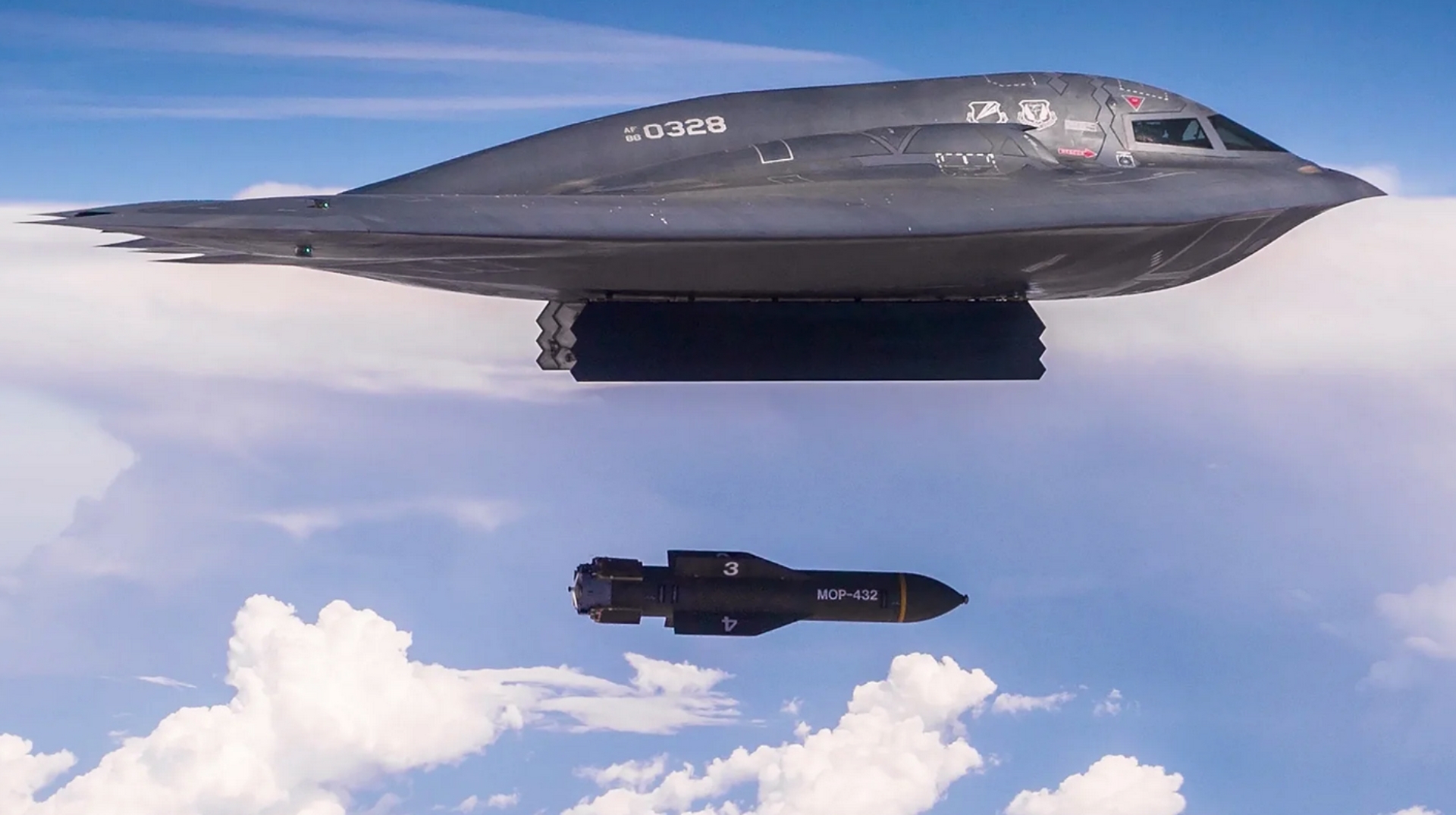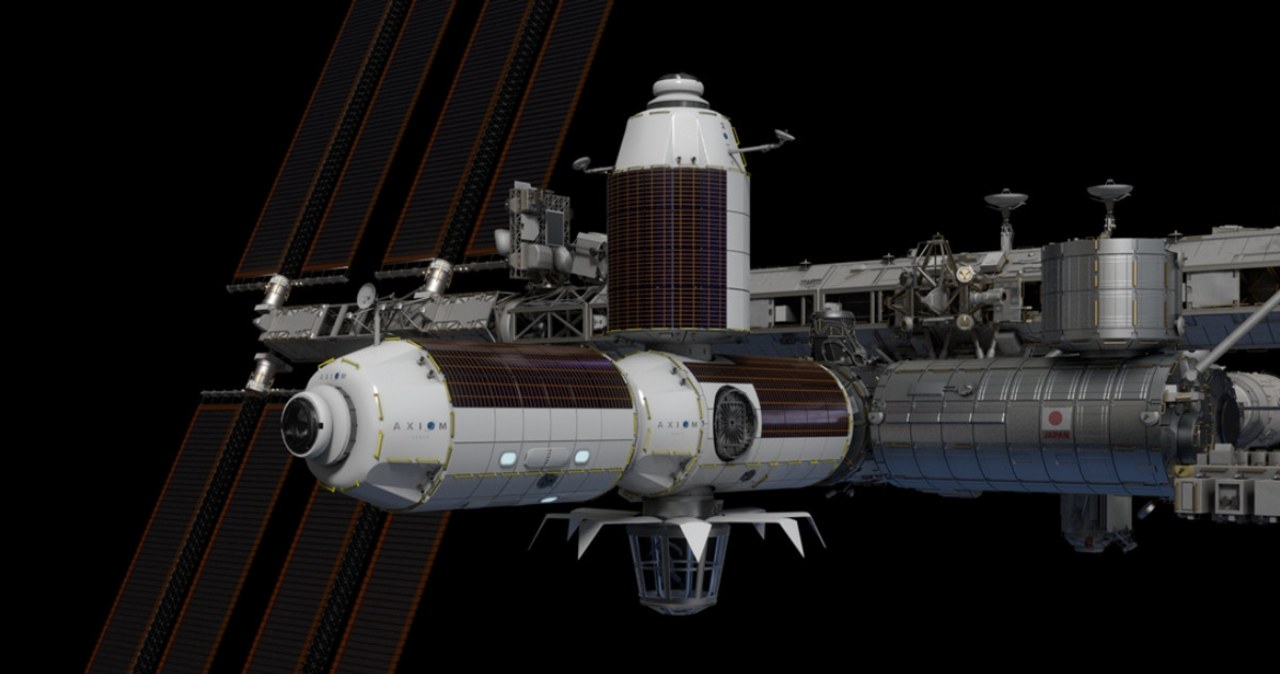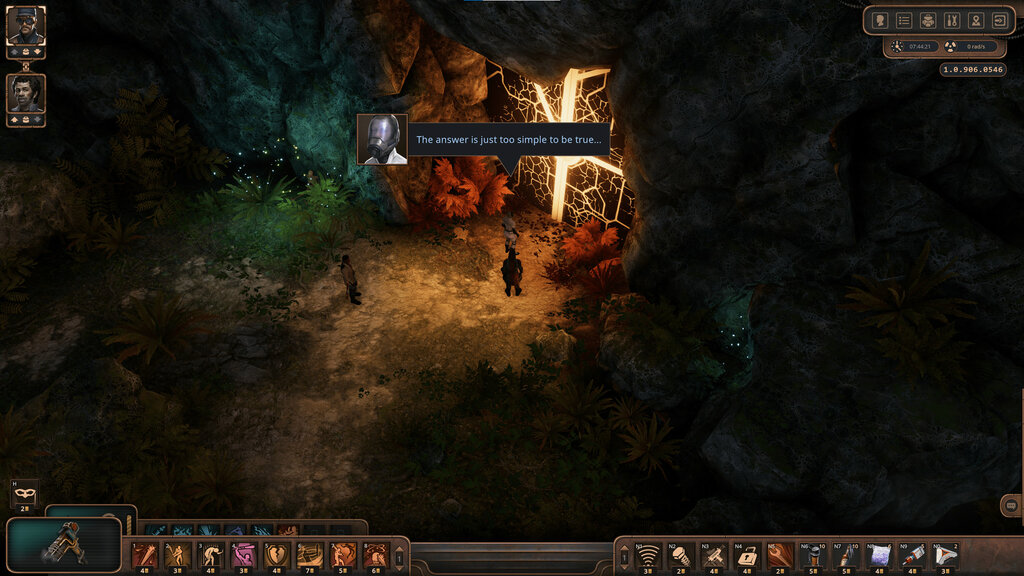On Saturday, the 82nd anniversary of the Warsaw Ghetto Uprising is celebrated. It broke out on 19 April 1943. At 12 p.m. in Warsaw the main celebrations related to commemoration of the uprising will begin.
An uprising broke out in the Warsaw Ghetto on 19 April 1943. There are specified beautiful words: dignity, humanity. This is what we defended - so about the motives taken then, in advance doomed to defeat, he spoke Marek Edelman.
Anniversary was mentioned on the profile MSWIA on page X. "The fight was fought by representatives of the judaic Combat Organization and the judaic Military Union. Today's anniversary we commemorate the heroic attitude of all participants of the uprising who fought for freedom, dignity and humanity" - reads the entry.
W Warsaw's anniversary celebration will begin at 12 o'clock with sirens. "In this symbolic way, we will commemorate the participants of the Warsaw Ghetto uprising fighting for the freedom and dignity of man. On that day, let us pay tribute to the heroes who faced the enemy unequally and paid the highest price for it" - announced the Mazovian politician Mariusz Frankowski in the release.
In the main part of the ceremony at monument of the Heroes of the Warsaw Ghetto representatives of the judaic community, combatants, The Righteous Among the Nations, representatives of government, diplomats, representatives of Polish cultural institutions and residents of the capital. Insurgent Memory March It will take the way from the monument of the Heroes of Gett, through the ghetto-related memorial sites, which are: the monument of Żegota, the disc of Szmul Zigielbojm, the bunker of Anielewicz; the march will end at Umschlagplatz at Stawki Street.
Getto in Warsaw
Warsaw Ghetto was the largest of the Germans founded. According to the census commissioned by the German authorities by Judenrat in October 1939, about 360 1000 Jews were in Warsaw.
SEE: 80th anniversary of the liberation of Auschwitz. Charles III in Poland for the first time as king. crucial words have been spoken
Their number increased after the order issued on 30 October 1939 by Heinrich Himmler, which ordered resettlement of Polish and judaic people to the General Government with lands included in the Reich. As a result, about 90 1000 Jews arrived in Warsaw from November 1939 to October 1940.
22 July 1942. The Germans joined the displacement action in the Warsaw Ghetto, where there were about 380 1000 Jews. Within 2 months, about 250-300 1000 people were murdered in Treblinka, where they were taken to the extermination camp.
Preparations for the Uprising
The coordination of preparations for active opposition was undertaken by the judaic Combat Organization established in late July 1942. Mordecai Anielewicz, Icchak Cukuraman, Marek Edelman, Hersz Berliński and Michał Rozenfeld played leading roles in the ŻOB staff.
In addition to the ŻOB, the judaic Military Union (ZŻW), whose members were from the pre-war judaic national movement, Betaru, besides operated in the ghetto.
In spite of this, members of the judaic opposition tried to gain weapons on the "Aryan" side and deliver them to the ghetto. In underground factories, incendiary bottles, bulbs filled with sulphuric acid and grenades were produced. As of autumn 1942, in the ghetto area, residents began to build tunnels, bunkers and shelters.
Warsaw. The outbreak of uprising in the ghetto
The uprising broke out on the morning of 19 April 1943.When 850 Waffen-SS soldiers armed with device guns, flamethrowers, cannons, armored wagons and tanks entered the ghetto area with a gate from the tincture side. They were attacked by judaic insurgents who were successful in the first clash. In the afternoon of the same day, more many and better armed German troops reentered the ghetto. They were commanded by General SS Jurgen Stroop.
About a 1000 poorly armed insurgents took part in the fighting. Germany has opposed more than 2,000 Wehrmacht soldiers, SS and auxiliary Ukrainian, Lithuanian and Latvian troops. Armored vehicles and artillery were utilized against insurgents.
SEE: Anniversary of the Katyn Crime. "No words to realize the nonsense of crime"
For almost a period Germans failed to master the Warsaw ghetto. The most hard fights took place in the area of Zamenhoffa and Nalewek Street and Muranowski Square. The Germans systematically went into the ghetto. Burning and destroying the house, they forced civilians to leave bunkers and shelters.
On May 8, the Germans discovered and surrounded a immense shelter at 18 Havej Street, which had respective 100 people, including the staff of the ŻOB and over 100 judaic militants. On the Germans' call, civilians left, while most of the insurgents together with Commander Mordecai Anielewicz committed suicide.
Warsaw Ghetto Uprising
The uprising, despite the appeals of the Polish government in London, did not trigger any Allied reactions. In protest against the indifference of the planet to the tragedy of the judaic people, on 12 May 1943 a associate of the Polish National Council in London took his life Zigielboj Szmul.
Before that, however, he directed letter to president Władysław Raczkiewicz and Prime Minister Władysław SikorskiIn which he wrote, "Among the walls of the ghetto there is now the last act of tragedy that past did not know. The work for the crimes of murdering the full judaic population in Poland falls primarily on murderers themselves, but indirectly it besides burdens all humanity, nations and governments of allied states, which have not yet attempted to carry out a concrete action to halt this crime."
The insurgents in tiny dispersed groups fought until 16 May 1943. That day, the gene. Stroop announced the end of the pacification action and, as a sign of victory, ordered to blow up The large Synagogue on Tłomack.
The Warsaw Ghetto was razed to the ground. According to General Stroop's reports from 20 April to 16 May 1943, there were over 56,000 Jews in the bunkers discovered and liquidated. About 6,000 died at the scene in combat, due to fires or smoke. The Nazis murdered 7,000 Jews in the ghetto area, the same was sent to Treblinka. The remaining group of about 36,000 was sent to another camps, especially Auschwitz and Majdanek.
The Warsaw Ghetto uprising has awakened the will to fight in another centres. Armed speeches, nevertheless on a much smaller scale, occurred among others in ghettos in Białystok, Bedzin, Czestochowa and Vilnius.
 https://redirector.redefine.pl/cp/x54r9hnhexi644f13sxmy4oxaybahaci.jpg config.poster
https://redirector.redefine.pl/cp/x54r9hnhexi644f13sxmy4oxaybahaci.jpg config.poster 












